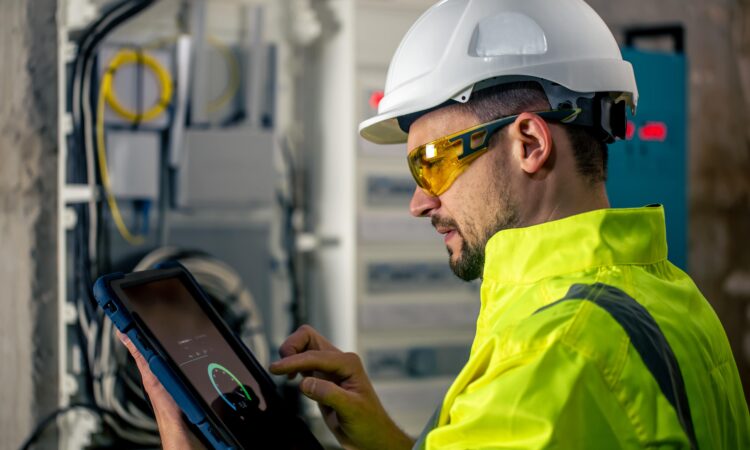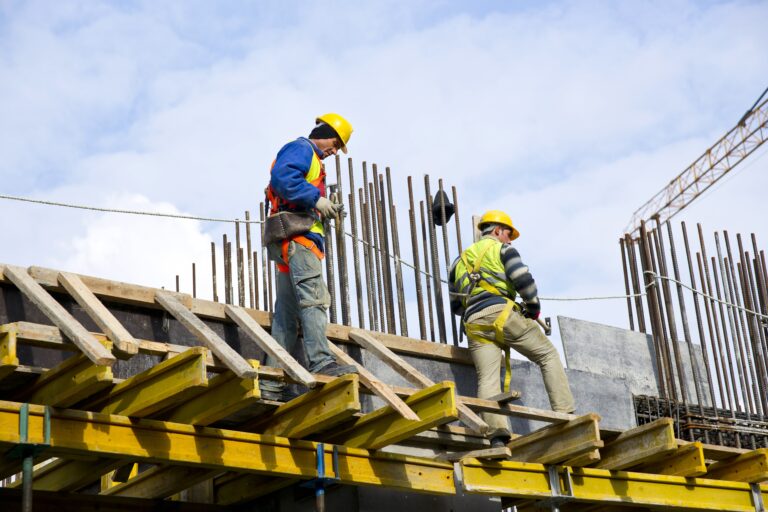Workplace safety is a top priority, and fall protection remains a critical aspect of ensuring worker security in industries such as construction, manufacturing, and warehousing. With advancements in technology and a growing emphasis on workplace safety regulations, 2025 is bringing significant fall protection innovations that promise to enhance safety measures and reduce workplace accidents.
1. Smart Harnesses with IoT Integration
One of the biggest breakthroughs in fall protection equipment this year is the development of smart harnesses equipped with IoT (Internet of Things) technology. These harnesses come with built-in sensors that monitor worker movements and detect falls in real-time. In the event of an accident, the system automatically alerts supervisors and emergency responders, ensuring prompt action to reduce injuries.
2. Advanced Self-Retracting Lifelines (SRLs)
Traditional self-retracting lifelines (SRLs) have been effective in preventing falls, but new models now include auto-locking mechanisms and shock-absorbing features that further minimize impact on the body. These improvements make SRLs more efficient in arresting falls and reducing strain on the user.
3. AI-Powered Risk Assessment Tools
Artificial intelligence (AI) is now playing a crucial role in fall risk assessment. Companies are using AI-powered tools to analyze workplace hazards, assess worker movements, and provide predictive insights to prevent falls before they happen. These systems continuously learn and improve safety recommendations based on collected data.
4. Drone Technology for Safety Inspections
Routine safety inspections are vital for fall prevention, and drones are now being utilized to conduct real-time workplace assessments. Drones provide high-resolution imaging of hazardous areas, enabling safety officers to identify risks without putting themselves in danger. This innovation is particularly beneficial for high-rise construction projects and industrial sites.
5. Improved Guardrails and Netting Systems
Manufacturers have introduced stronger, lightweight materials for guardrails and safety netting. These new materials offer greater durability and higher resistance to environmental conditions, ensuring long-lasting protection for workers operating at heights.
6. Wearable Fall Detection and Prevention Technology
Smartwatches and wearable devices now feature fall detection and prevention systems that provide real-time feedback on posture and movement. These devices help workers adjust their positioning and movements to reduce the likelihood of falls.
7. Updated OSHA Compliance Regulations
With new OSHA fall protection standards being introduced in 2025, companies must adapt to the latest requirements. Enhanced training programs, stricter enforcement of fall protection policies, and improved certification processes are expected to ensure that workplaces remain compliant and safe.
Conclusion
The future of fall protection is being shaped by technology, innovation, and regulatory advancements. As we move into 2025, businesses must stay informed about these new safety measures to protect their workforce effectively. Investing in advanced fall protection equipment and adopting smart safety solutions will not only reduce workplace injuries but also create a more secure and productive work environment.
Are you ready to upgrade your fall protection systems? Stay ahead by embracing the latest innovations and ensuring compliance with evolving safety regulations.



